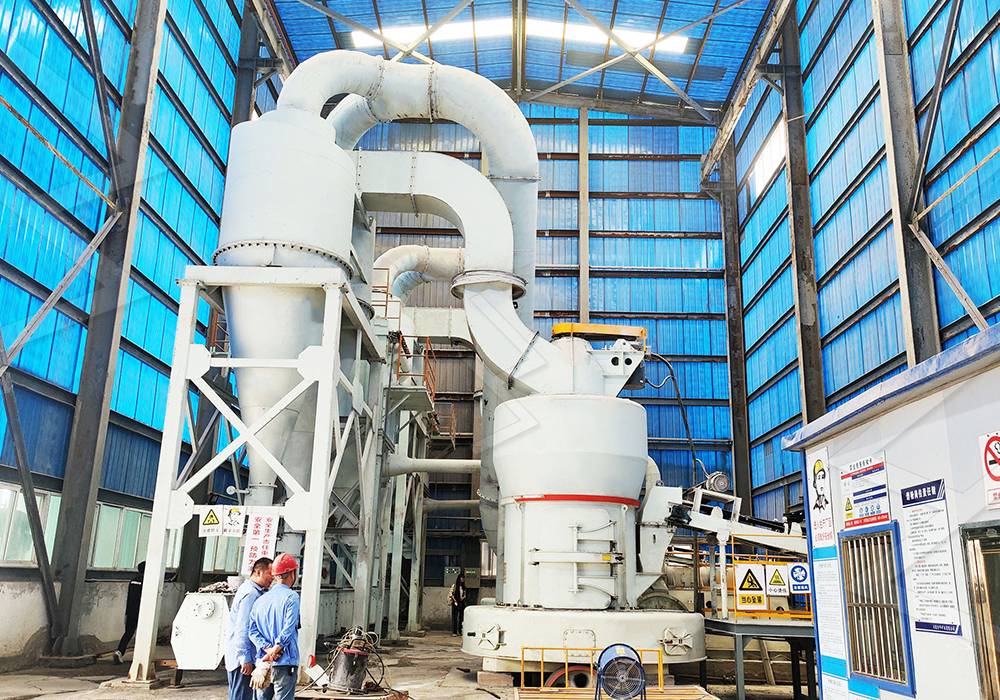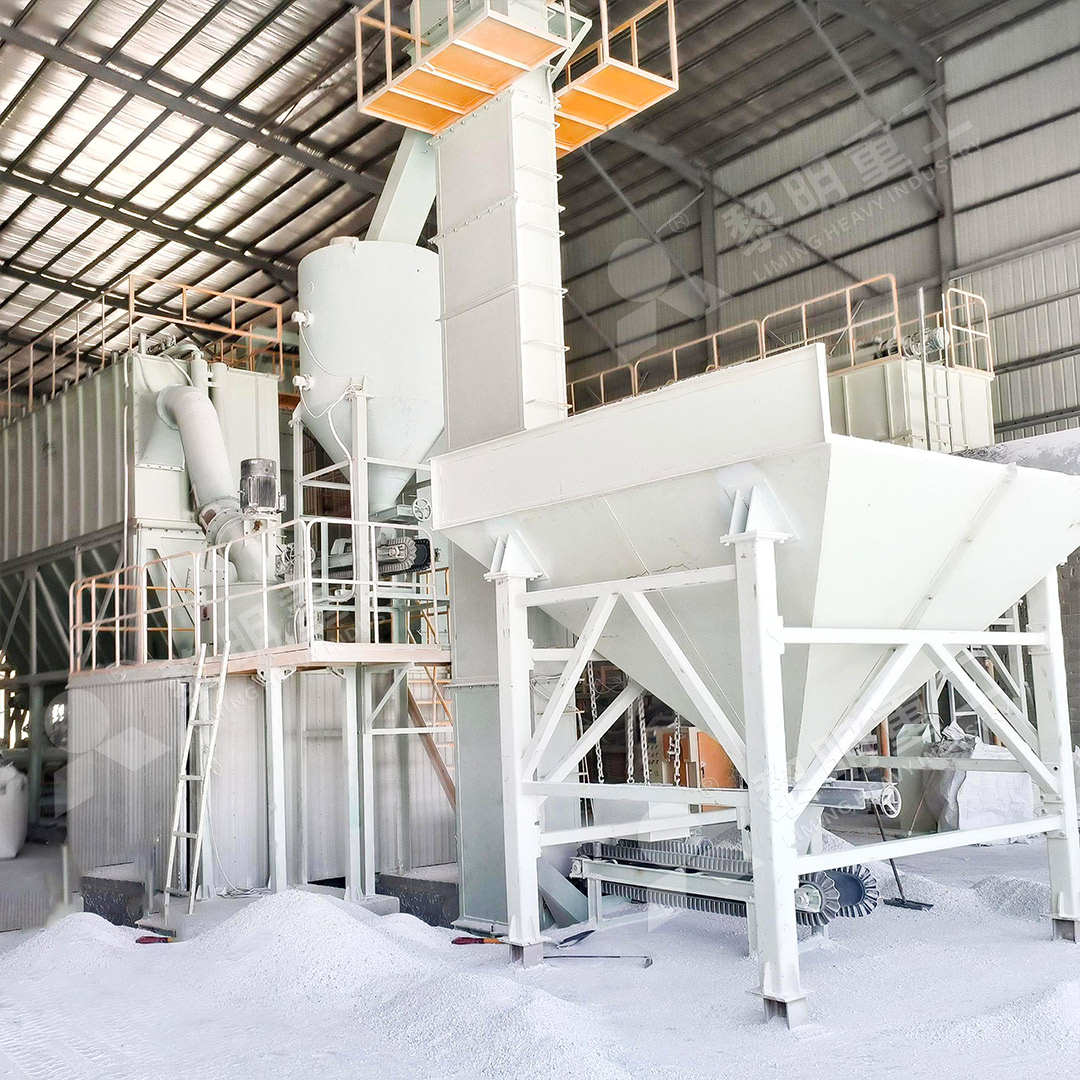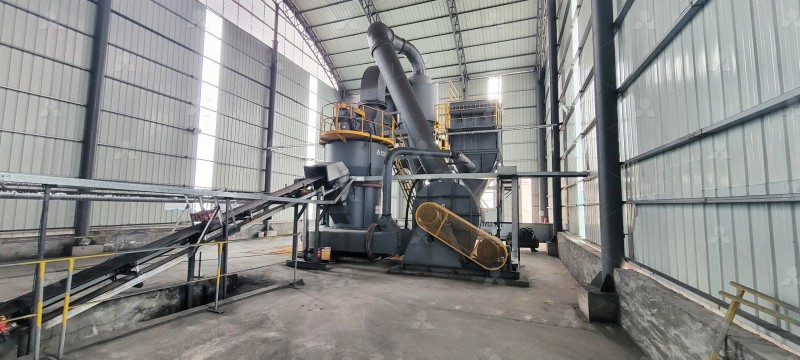Quartz Sand Grinding Mill for Fine Powder Production
Quartz Sand Grinding Mill for Fine Powder Production
The transformation of raw quartz sand into fine powder represents one of the most demanding processes in the industrial minerals sector. Achieving consistent particle size distribution, maintaining product purity, and controlling operational costs are paramount concerns for producers worldwide. This article explores the technical considerations for selecting appropriate grinding technology and highlights advanced solutions that meet these rigorous demands.

Quartz, with a Mohs hardness of 7, presents significant challenges in comminution processes. Traditional ball mills often struggle with efficiency and contamination issues, while jet mills may incur prohibitive energy costs for high-volume production. The ideal solution must balance grinding efficiency, product quality, and environmental considerations.
Technical Challenges in Quartz Grinding
Several factors complicate quartz powder production. The abrasive nature of silica accelerates wear on grinding components, increasing maintenance requirements and potential contamination. Additionally, the need for precise particle size control across various applications—from construction materials to high-purity electronics—demands sophisticated classification systems. Thermal sensitivity further complicates the process, as excessive heat generation can affect final product properties.
For operations requiring ultra-fine powders between 325-2500 meshes, conventional grinding approaches often prove inadequate. The limitations become particularly apparent in applications requiring d97≤5μm particle sizes with narrow distribution curves.
Advanced Grinding Solutions
Modern grinding technology has evolved to address these challenges through innovative engineering approaches. Among the most significant developments is the MW Ultrafine Grinding Mill, which represents a leap forward in fine powder production. This system handles input sizes of 0-20 mm with capacities ranging from 0.5 to 25 tph, making it suitable for various production scales.
The MW series incorporates several proprietary technologies that directly address quartz grinding challenges. Its newly designed grinding curves enhance efficiency, delivering 40% higher capacity than jet mills and double the output of ball mills with equivalent power consumption. Perhaps most notably, the system reduces energy usage to just 30% of comparable jet milling operations.

Specialized Features for Quartz Applications
Quartz processing benefits particularly from the MW mill’s cage-type powder selector, which employs German technology to achieve exceptional separation precision. The system’s adjustable fineness between 325-2500 meshes accommodates diverse product requirements without hardware modifications. The absence of rolling bearings and screws in the grinding chamber eliminates concerns about bearing damage or loose components—a critical advantage when processing abrasive materials.
Environmental considerations are thoroughly addressed through integrated pulse dust collection and noise reduction systems. The efficient pulse dust collector ensures no dust pollution during operation, while silencers and noise elimination rooms maintain workplace compliance with international environmental standards.
For operations requiring different specifications, the LUM Ultrafine Vertical Grinding Mill offers complementary capabilities with input sizes of 0-10 mm and capacities of 5-18 tph. Its unique roller shell and lining plate grinding curve design generates material layers more effectively, enabling high finished product rates through single-pass milling.
Operational Advantages
Beyond technical specifications, practical operational benefits distinguish modern grinding systems. The external lubrication design of the MW mill permits maintenance without production stoppages, supporting continuous 24-hour operation. Digitalized processing through numerical control machine tools ensures high precision manufacturing of core components, while comprehensive spare parts support guarantees operational reliability.
The grinding mechanism itself employs a multi-stage approach where material progresses through successive grinding zones, with precise air flow management transporting and classifying particles. This results in superior product consistency with minimal oversize or undersize fractions.

Conclusion
Selecting appropriate grinding technology for quartz sand requires careful consideration of both technical parameters and operational practicalities. Advanced mills like the MW series successfully address the competing demands of efficiency, product quality, and environmental compliance. Through continued innovation in grinding geometry, classification systems, and maintenance-friendly designs, modern grinding equipment delivers unprecedented performance in fine powder production.
Frequently Asked Questions
What is the maximum production capacity for quartz powder grinding?
The MW Ultrafine Grinding Mill processes 0.5-25 tph depending on final fineness requirements, while the LUM Vertical Grinding Mill handles 5-18 tph.
How fine can quartz powder be ground?
Advanced systems can achieve fineness between 325-2500 meshes, with specific models capable of d97≤5μm in a single pass.
What measures prevent contamination during grinding?
The absence of rolling bearings in the grinding chamber, specialized wear-resistant materials, and closed system designs minimize iron contamination and maintain product purity.
How is energy consumption managed?
Optimized grinding curves and efficient classification systems reduce energy consumption by 30-50% compared to conventional technologies.
What environmental protections are included?
Integrated pulse dust collectors, silencers, and negative pressure operation ensure compliance with international environmental standards for dust and noise emissions.
